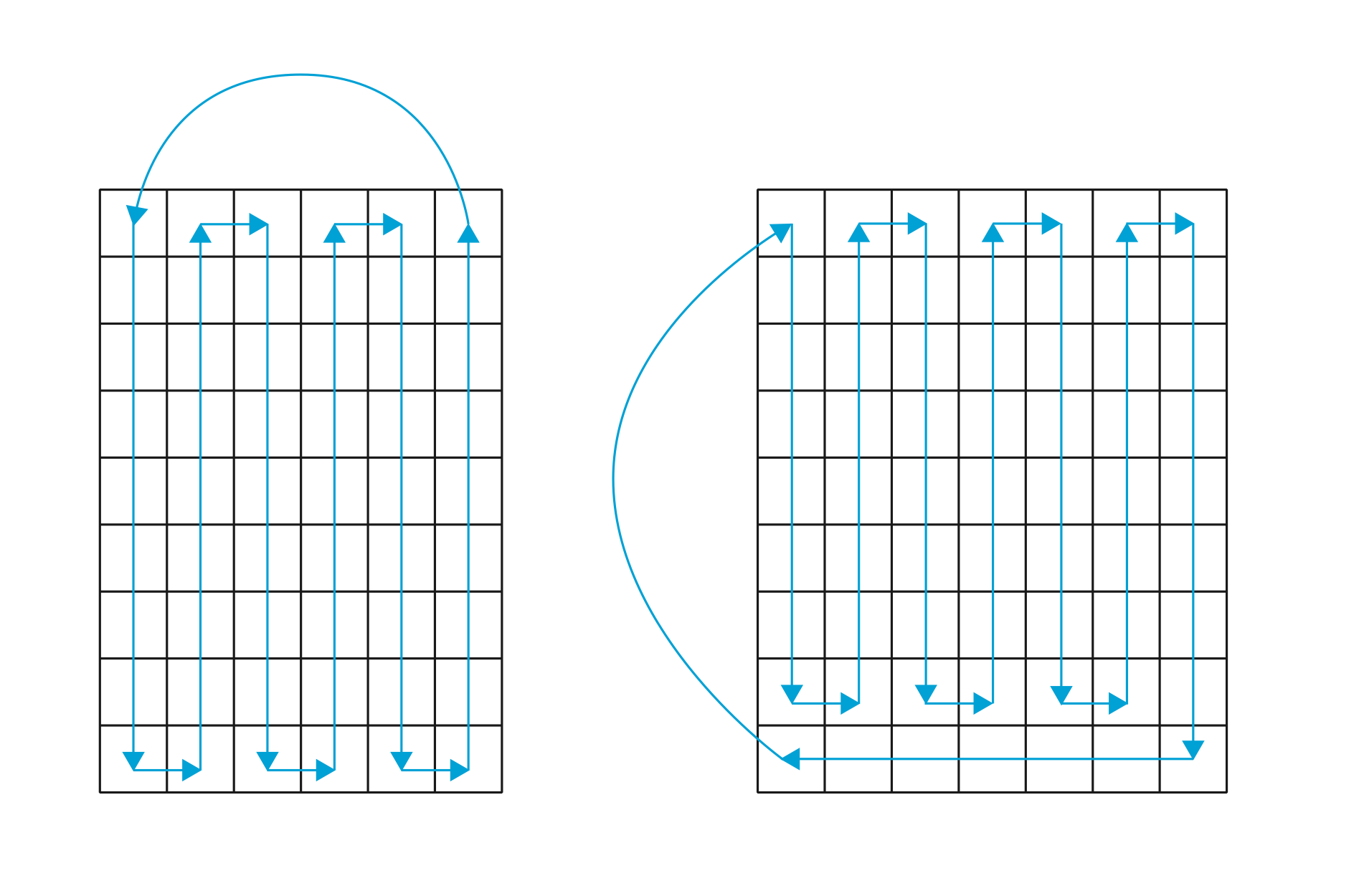1
2
3
4
5
6
7
8
9
10
11
12
13
14
15
16
17
18
19
20
21
22
23
24
25
26
27
28
29
30
31
32
33
34
35
36
37
38
39
40
41
42
43
44
45
46
47
48
49
50
51
52
53
54
55
56
57
58
59
60
61
62
63
64
65
66
67
68
69
70
71
72
73
74
75
76
77
78
79
80
81
82
83
84
85
86
87
88
89
90
91
92
93
94
95
96
97
98
99
100
101
102
103
104
105
106
107
108
109
110
111
112
113
114
115
116
117
118
119
120
121
122
123
124
125
126
127
128
129
130
131
132
133
134
135
136
137
138
139
140
141
142
143
144
145
146
147
148
149
150
151
152
153
154
155
156
157
158
159
160
161
162
163
164
165
166
167
168
169
170
171
172
| #include <iostream>
#include <algorithm>
#include <vector>
#include <cmath>
namespace fastIO{
#define BUF_SIZE 100000
#define OUT_SIZE 100000
#define ll long long
bool IOerror=0;
inline char nc(){
static char buf[BUF_SIZE],*p1=buf+BUF_SIZE,*pend=buf+BUF_SIZE;
if(p1==pend){
p1=buf;pend=buf+fread(buf,1,BUF_SIZE,stdin);
if(pend==p1){IOerror=1;return -1;}
}
return *p1++;
}
inline bool blank(char ch){return ch==' '||ch=='\n'||ch=='\r'||ch=='\t';}
template<class T> inline bool read(T &x){
bool sign=0;char ch=nc();x=0;
for(;blank(ch);ch=nc());
if(IOerror)return false;
if(ch=='-')sign=1,ch=nc();
for(;ch>='0'&&ch<='9';ch=nc())x=x*10+ch-'0';
if(sign)x=-x;
return true;
}
inline bool read(double &x){
bool sign=0;char ch=nc();x=0;
for(;blank(ch);ch=nc());
if(IOerror)return false;
if(ch=='-')sign=1,ch=nc();
for(;ch>='0'&&ch<='9';ch=nc())x=x*10+ch-'0';
if(ch=='.'){
double tmp=1; ch=nc();
for(;ch>='0'&&ch<='9';ch=nc())tmp/=10.0,x+=tmp*(ch-'0');
}
if(sign)x=-x;
return true;
}
inline bool read(char *s){
char ch=nc();
for(;blank(ch);ch=nc());
if(IOerror)return false;
for(;!blank(ch)&&!IOerror;ch=nc())*s++=ch;
*s=0;
return true;
}
inline bool read(char &c){
for(c=nc();blank(c);c=nc());
if(IOerror){c=-1;return false;}
return true;
}
template<class T,class... U>bool read(T& h,U&... t){return read(h)&&read(t...);}
struct Ostream_fwrite{
char *buf,*p1,*pend;
Ostream_fwrite(){buf=new char[BUF_SIZE];p1=buf;pend=buf+BUF_SIZE;}
void out(char ch){if(p1==pend){fwrite(buf,1,BUF_SIZE,stdout);p1=buf;}*p1++=ch;}
template<class T>void print(T x){
static char s[33],*s1;s1=s;
if(!x)*s1++='0';if(x<0)out('-'),x=-x;
while(x)*s1++=x%10+'0',x/=10;
while(s1--!=s)out(*s1);
}
void print(double x,int y){
static ll mul[]=
{1,10,100,1000,10000,100000,1000000,10000000,100000000,1000000000,
10000000000LL,100000000000LL,1000000000000LL,10000000000000LL,
100000000000000LL,1000000000000000LL,10000000000000000LL,100000000000000000LL};
if(x<-1e-12)out('-'),x=-x;
ll x2=(ll)floor(x);if(!y&&x-x2>=0.5)++x2;x-=x2;x*=mul[y];
ll x3=(ll)floor(x);if(y&&x-x3>=0.5)++x3;print(x2);
if(y>0){out('.');for(size_t i=1;i<y&&x3*mul[i]<mul[y];out('0'),++i);print(x3);}
}
void print(char *s){while(*s)out(*s++);}
void print(const char *s){while(*s)out(*s++);}
void flush(){if(p1!=buf){fwrite(buf,1,p1-buf,stdout);p1=buf;}}
~Ostream_fwrite(){flush();}
}Ostream;
template<class T>void print(T x){Ostream.print(x);}
inline void print(char x){Ostream.out(x);}
inline void print(char *s){Ostream.print(s);}
inline void print(std::string s){Ostream.print(s.c_str());}
inline void print(const char *s){Ostream.print(s);}
inline void print(double x,int y){Ostream.print(x,y);}
template<class T,class... U>void print(const T& h,const U&... t){print(h);print(t...);}
void println(){print('\n');}
template<class T,class... U>void println(const T& h,const U&... t){print(h);println(t...);}
inline void flush(){Ostream.flush();}
#undef ll
#undef OUT_SIZE
#undef BUF_SIZE
};
using namespace fastIO;
int n;
int k[100];
std::pair<int, int> ans[1000007], tmp[1000007];
int ans_siz = 0;
void merge_odd(int idx) {
int cur = 0;
for (int i = 0; i < k[idx]-1; i+=2) {
for(int i = 0; i < ans_siz-2; i++) {
tmp[cur++] = ans[i];
}
tmp[cur++] = std::make_pair(idx,1);
for (int i = ans_siz-3; i >= 0; i--) {
tmp[cur++] = std::make_pair(ans[i].first,-ans[i].second);
}
tmp[cur++] = std::make_pair(idx,1);
}
for (int i = 0; i < ans_siz-1; i++) {
tmp[cur++] = ans[i];
}
for (int i = 0; i < k[idx]-1; i++) {
tmp[cur++] = std::make_pair(idx,-1);
}
tmp[cur++] = ans[ans_siz-1];
ans_siz *= k[idx];
for (int i = 0; i < ans_siz; i++) {
ans[i] = tmp[i];
}
}
void merge_eve(int idx) {
int cur = 0;
for (int i = 0; i < k[idx]; i+=2) {
for(int i = 0; i < ans_siz-1; i++) {
tmp[cur++] = ans[i];
}
tmp[cur++] = std::make_pair(idx,1);
for (int i = ans_siz-2; i >= 0; i--) {
tmp[cur++] = std::make_pair(ans[i].first,-ans[i].second);
}
tmp[cur++] = std::make_pair(idx,1);
}
ans_siz *= k[idx];
for (int i = 0; i < ans_siz; i++) {
ans[i] = tmp[i];
}
}
int main(int argc, char *argv[]) {
std::ios::sync_with_stdio(false);
std::cin.tie(0);
read(n);
for (int i = 0; i < n; i++) {
read(k[i]);
}
for (int i = 0; i < k[0]; i++) {
ans[ans_siz++] = std::make_pair(0, 1);
}
for (int i = 1; i < n; i++) {
if (k[i] % 2 == 0) {
merge_eve(i);
} else {
merge_odd(i);
}
}
for (int i = 0; i < ans_siz; i++) {
print(ans[i].first+1);
print(' ');
print(ans[i].second);
print('\n');
}
}
|
